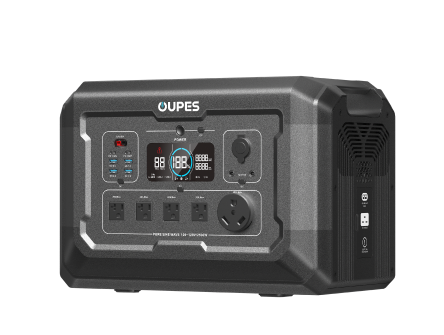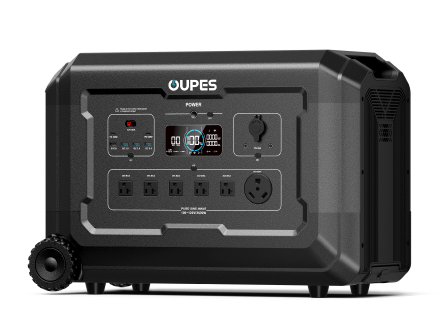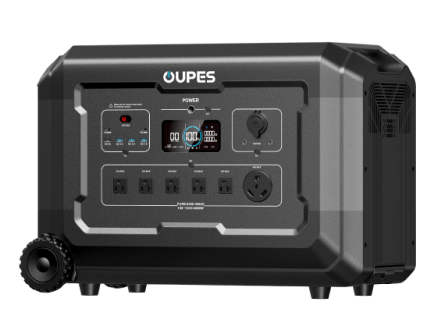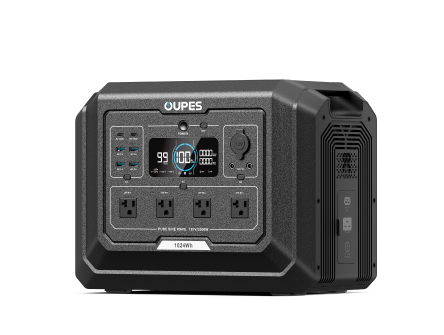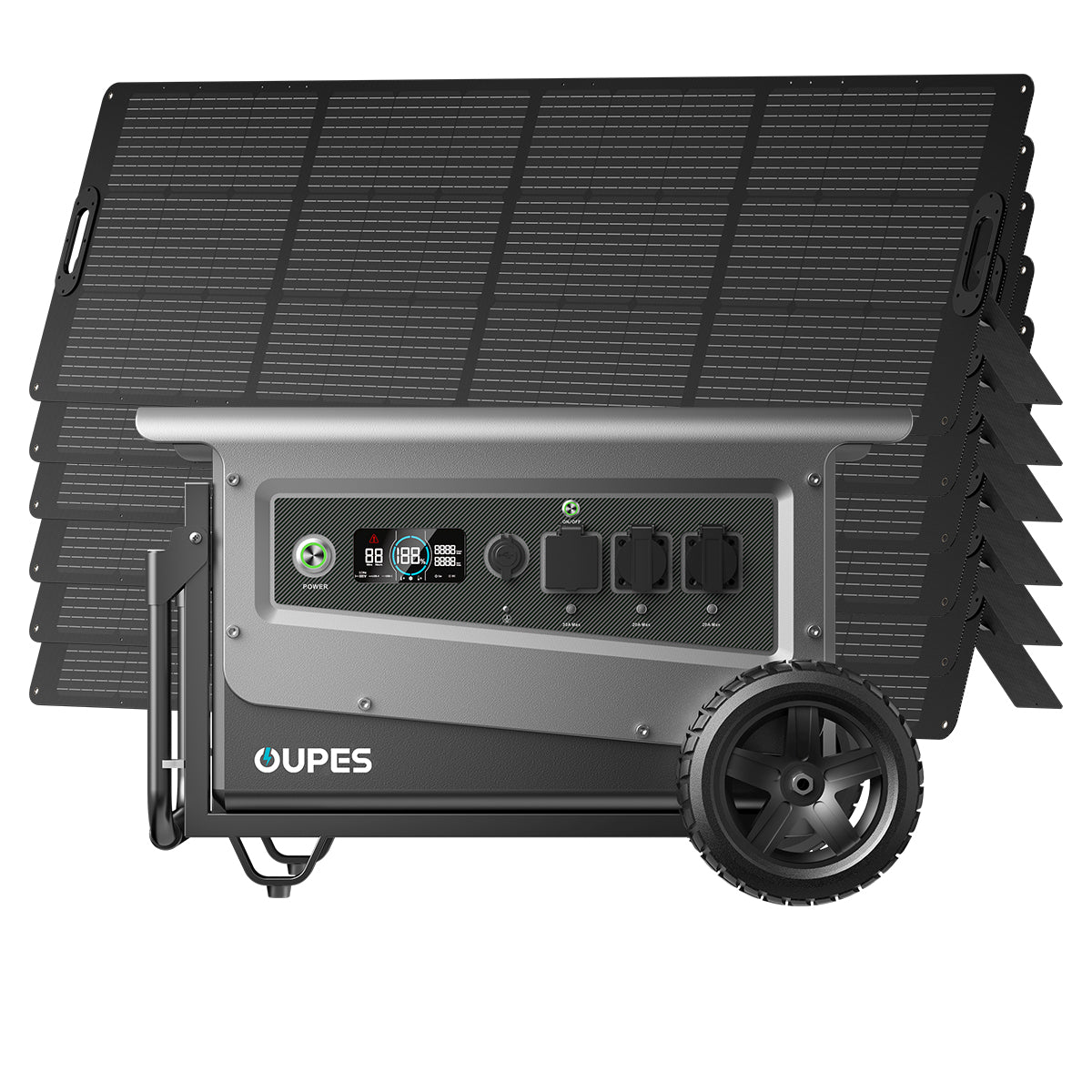
Introduction
Both power banks and portable power stations store energy, but they cater to vastly different needs. Whether you're charging a phone or running a refrigerator, understanding their distinctions ensures you pick the right tool for the job.
What Is a Power Bank?
A compact, lightweight device designed primarily for charging small electronics via USB ports. Typical features include:
Key Features
- Capacity range: 5,000–30,000mAh (18–110Wh).
- Outputs: USB-A, USB-C, or wireless charging.
- Ideal uses: Smartphones, tablets, earbuds.
What Is a Portable Power Station?
A larger, battery-powered unit with AC outlets and higher capacity, built to power appliances and tools. Key traits:
Key Features
- Capacity range: 200Wh–3,000Wh+.
- Outputs: AC outlets (120V/230V), DC ports, USB-PD.
- Ideal uses: Laptops, CPAP machines, mini-fridges, power tools.
Key Differences
Capacity & Output
- Power banks: ≤100Wh, limited to low-wattage USB devices.
- Power stations: 200Wh+, support high-wattage AC appliances.
Portability
- Power banks: Pocket-sized, under 1 lb.
- Power stations: 5–50 lbs, often with handles or wheels.
Cost
- Power banks: $20–$100.
- Power stations: $200–$3,000+.
Which One Should You Choose?
Choose a Power Bank If:
- You need to charge phones or tablets on the go.
- Weight and space are critical (e.g., daily commuting).
Choose a Power Station If:
- You run AC appliances outdoors or during outages.
- You camp, RV, or need emergency home backup.
Conclusion
Power banks excel for personal electronics in everyday travel, while portable power stations are essential for high-energy demands in off-grid or emergency scenarios. Assess your power needs, budget, and portability requirements to make the right choice.

